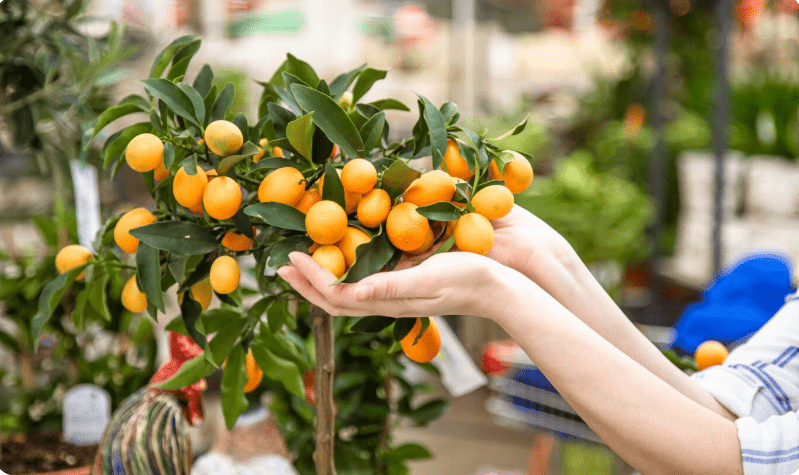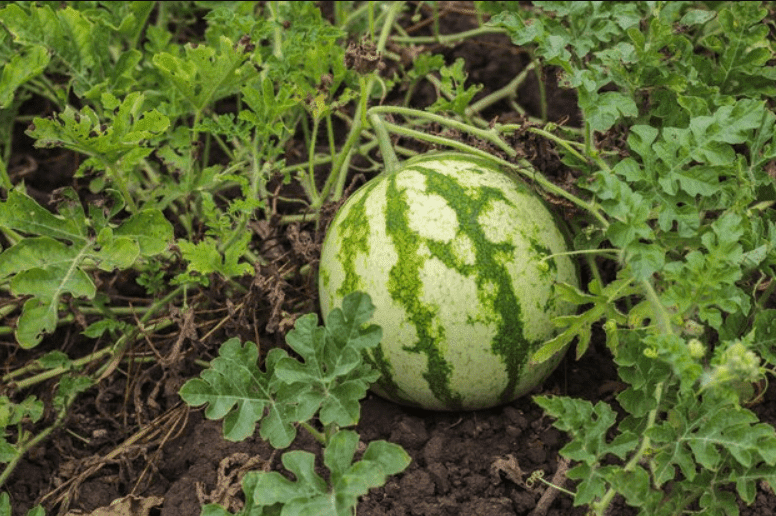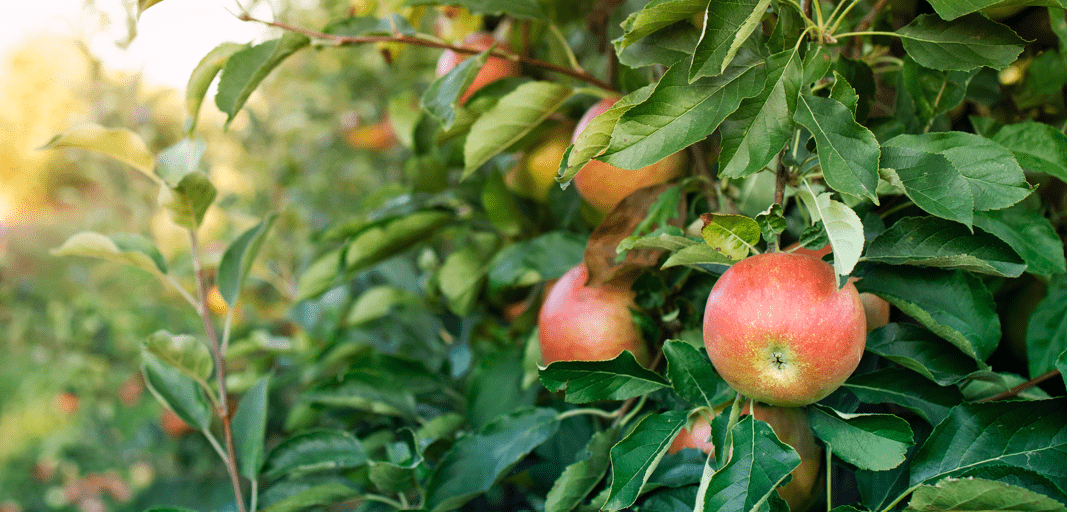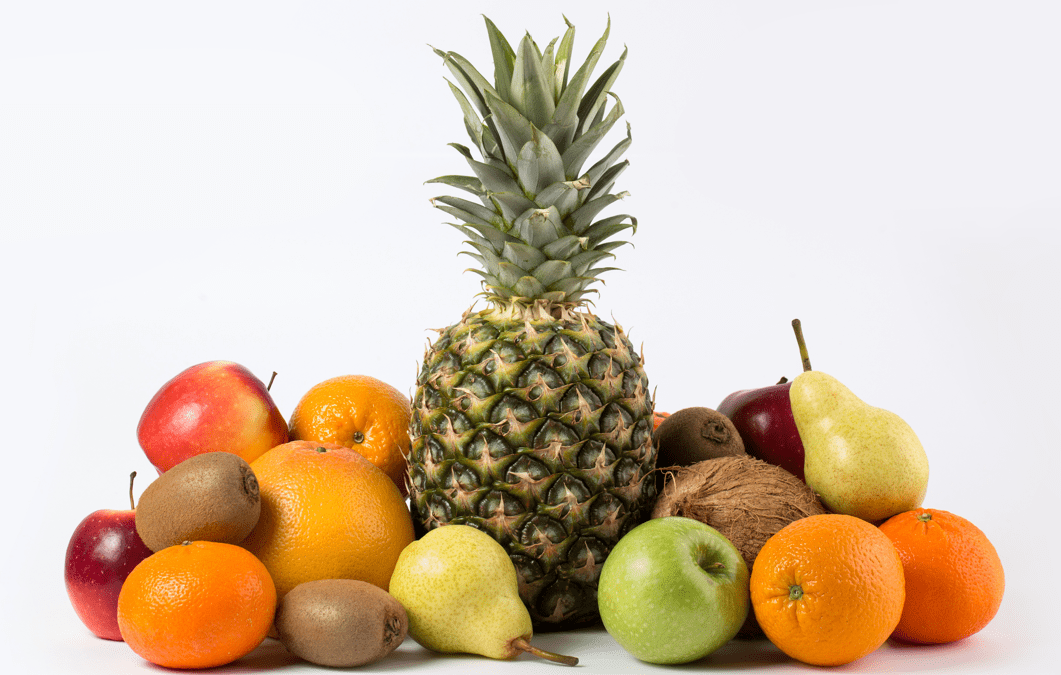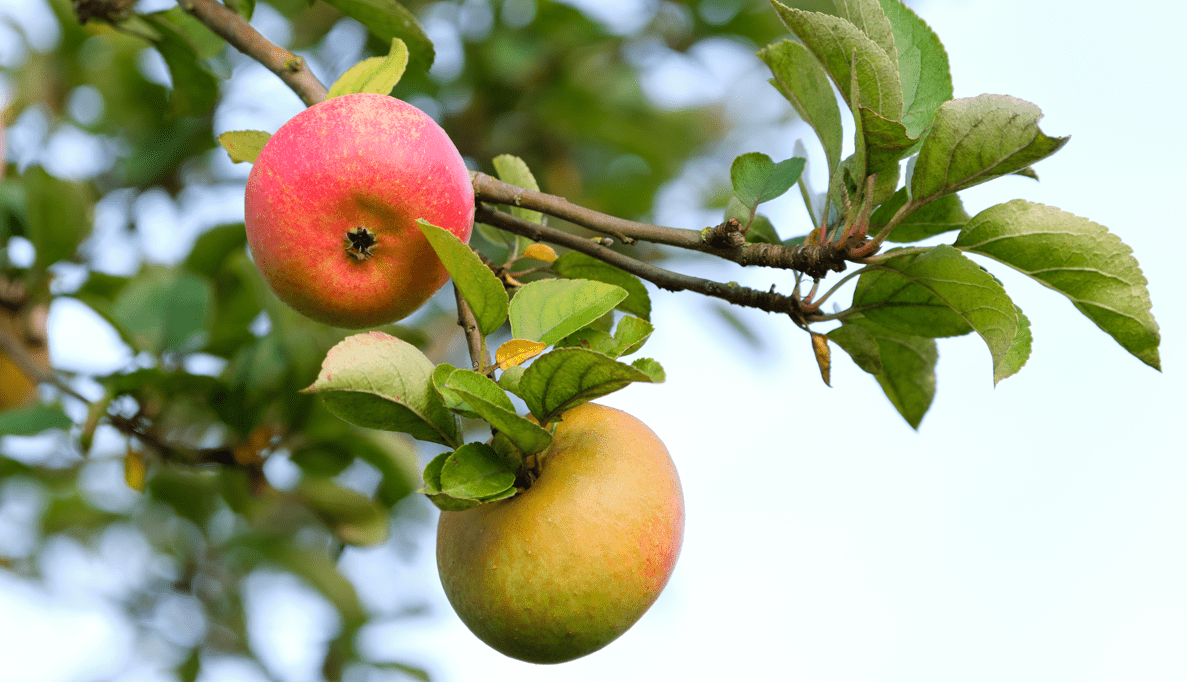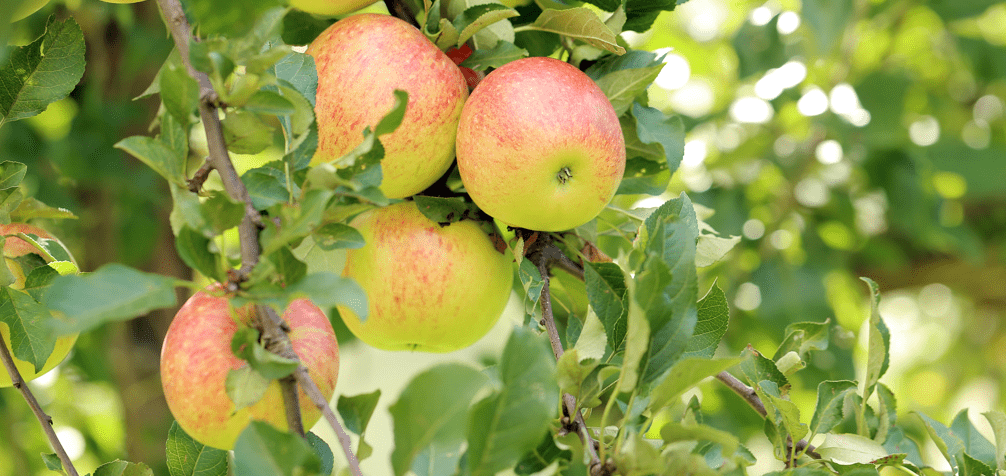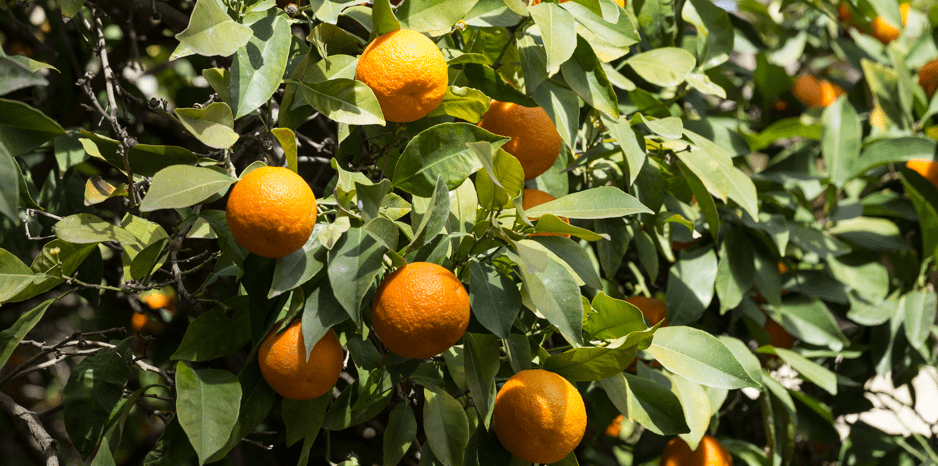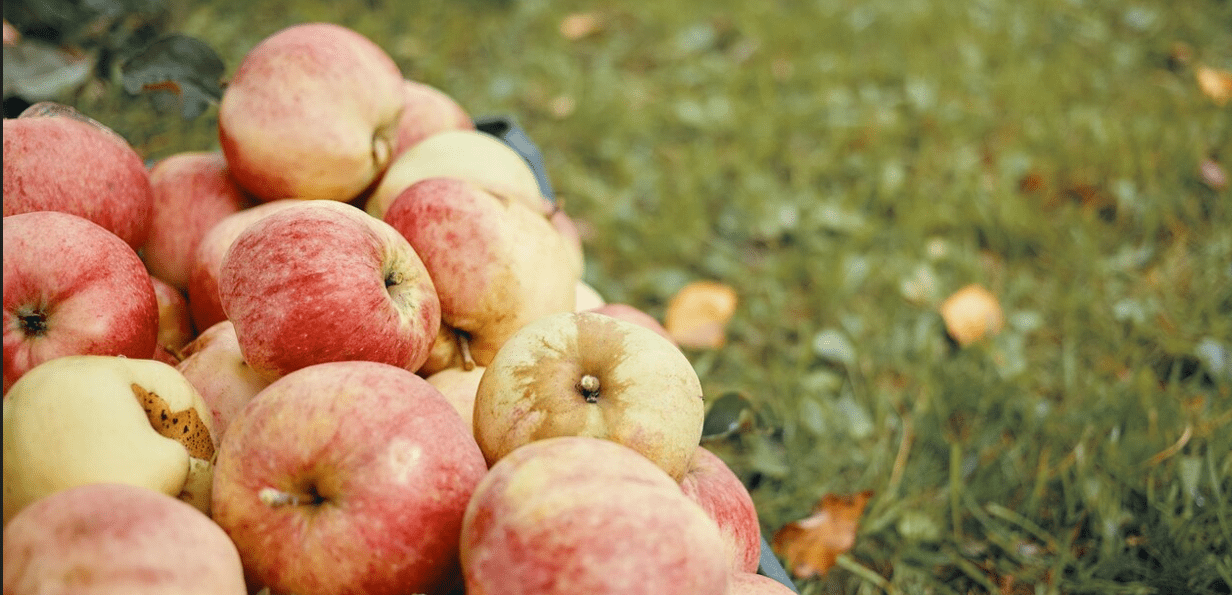Citrus trees are evergreen and can thrive in containers or directly in the soil, but they require consistent care throughout the year.
Fortunately, these fruit trees are very simple to cultivate and yield a generous crop within just a few years of planting. To enjoy a healthy harvest season after season, stick to this straightforward citrus care routine:
- Planting
- Regular watering
- Feeding with a slow-release fertilizer
- Managing pests and diseases
- Occasional pruning
Table of Contents
ToggleHow to Care for Citrus Trees
Whether you’re growing a lemon, lime, mandarin, orange, grapefruit, or tangelo, learning how to grow and care for citrus trees has never been easier. Follow these four straightforward tips to keep your citrus trees happy and healthy.
Planting
The best time to plant your citrus tree varies depending on your region. In cooler climates, it’s ideal to wait until spring when the soil has warmed up. In warmer areas, autumn is the perfect season to get your citrus trees in the ground. Don’t plant during the peak heat of summer, as young trees can struggle to establish in extreme temperatures.
You can either plant citrus trees directly into garden soil or grow them in pots. For optimal results, enrich your soil with organic Compost.
Watering
Watering is essential when you’re starting to grow and care for citrus trees. Water your citrus trees deeply twice a week in the early stages to help them establish strong roots.
Once established, you can reduce watering and only hydrate during extended dry spells or when fruit is forming. Keep the soil consistently moist from when the fruit sets until it’s ready for harvest. It helps avoid stress on the tree and prevents premature fruit drop.
Fertilising
Feed your citrus trees at the start of autumn and again in spring. Apply a generous amount of slow-release fertilizer for Citrus and fruit to the soil surrounding your tree. Due to its slow-release formula, the fertiliser delivers nutrients as the plant needs them, supporting strong and steady growth throughout the season.
Here’s how to apply it:
- Clear away any mulch from beneath the tree’s canopy.
- Sprinkle the fertiliser in a band around the dripline (the area just below the outer edge of the foliage).
- Water the area thoroughly to activate the fertiliser.
- Reapply mulch to help retain moisture and suppress weeds.
Note: Combining controlled-release fertiliser with organic matter ensures your tree receives a wide range of essential nutrients right when they’re needed most.
Citrus Pests and Diseases
Keeping your citrus trees in good health is the best defense against most pests and diseases. A strong, well-cared-for tree is far less likely to experience serious issues.
To set your citrus trees up for success:
- Enhance the soil before planting by mixing in quality compost.
- Make a hole larger than the size of the tree’s pot to avoid root damage during planting.
- Choose a sunny location. Citrus trees need at least 5 to 6 hours of direct sunlight daily.
- Apply slow-release fertiliser in early autumn and spring for optimal growth.
Even with the best care, occasional pest or disease problems can still arise. Keep an eye out for the following:
- Scales, leaf miners, and aphids—These common insects usually cause minimal harm but can be managed with a safe, oil-based spray.
- Stink bugs – These can affect both the tree and its fruit. If spotted, remove them by hand while wearing gloves and eye protection.
- Yellowing leaves – It is often a sign of nutrient deficiency. This shouldn’t be a major issue if you’ve enriched the soil properly. Use fertilisers that contain extra magnesium and iron to help prevent yellowing.
How to Prune Citrus Trees
Unlike most fruit trees, citrus trees are evergreen, which means they don’t require complicated pruning methods. Keeping them tidy is simple and straightforward.
Here’s all you need to do:
- Cut away any old, dead, or damaged wood.
- Remove low-hanging branches or any growth that touches the ground.
- Trim back the height and shape the tree to keep it neat and manageable.
And that’s it. Pruning citrus trees is refreshingly simple and helps maintain their health and appearance with minimal effort.
When to Harvest Citrus Fruits
The ideal time to harvest your citrus fruit varies depending on your location, but the general harvest periods below can help you plan:
- Lemons: January to April
- Limes: January to April
- Grapefruits: All year round
- Mandarins: April to October
- Valencia Oranges: November to February
- Navel Oranges: June to October
Check for ripeness by looking at the fruit’s size and sniffing it. Ripe citrus usually gives off a distinct, fresh aroma. For the most reliable check, peel one and taste it. That’s your best assurance that the fruit is ready to enjoy or use in your recipes.

